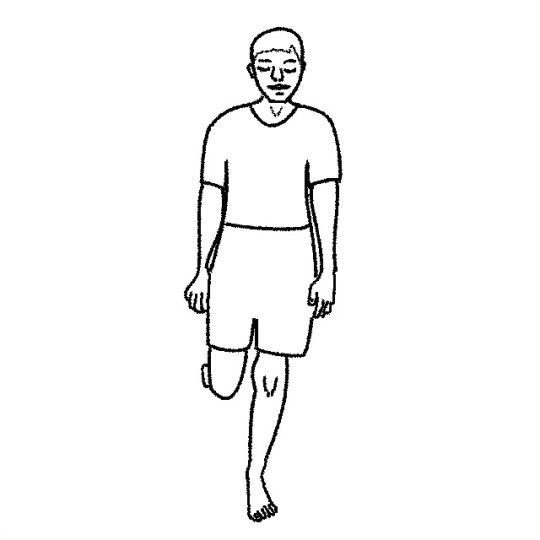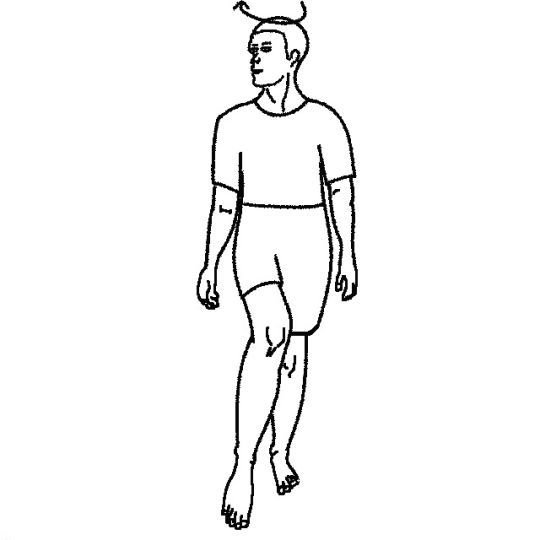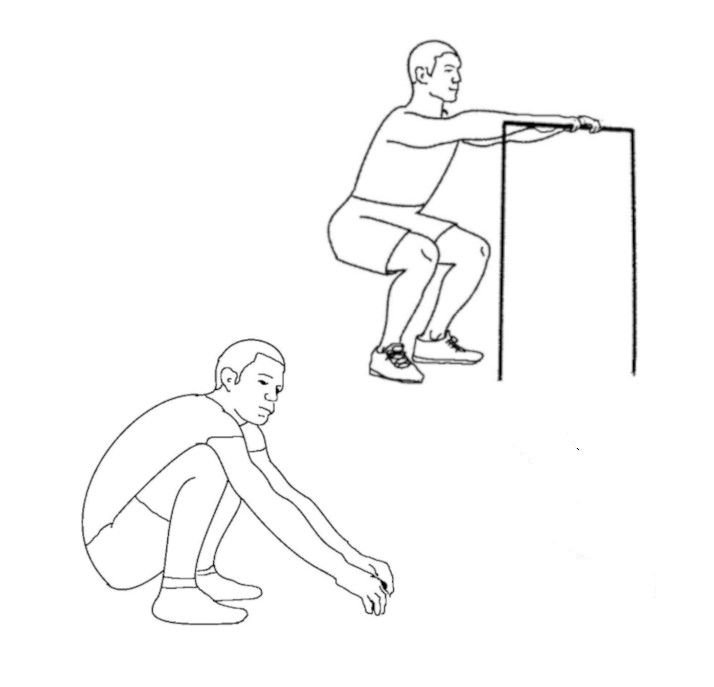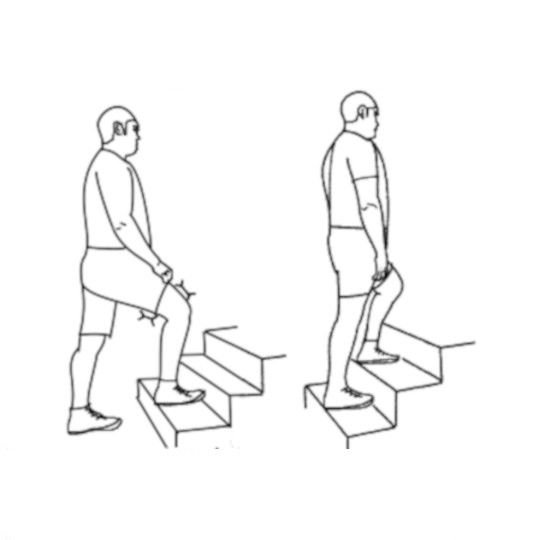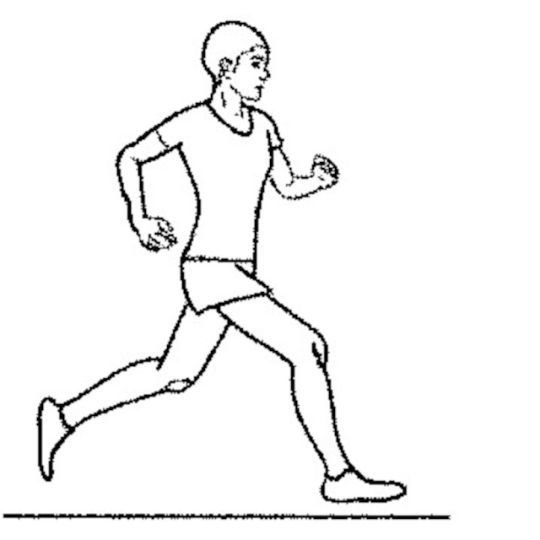
SITTING - OFFICE WORK
When returning to office work, check that your seating is correct for reducing stress on the back, shoulders and neck.
You should be able to sit comfortable with good back support from the chair, adjust the chair height so the hands are able to rest easily on the desk with elbows a little more open than right angles, feet flat on the floor.
If you are short for the equipment you have, adjust by using a foot stool.
Return to Office Work Training
Use a standing desk where possible. You can alternate between sitting and standing every half an hour.
Week 1. Take a short break every half an hour. Stand up and perform these exercises.
Week 2. Take a short break every hour and repeat exercises and continue to do these as a routine.
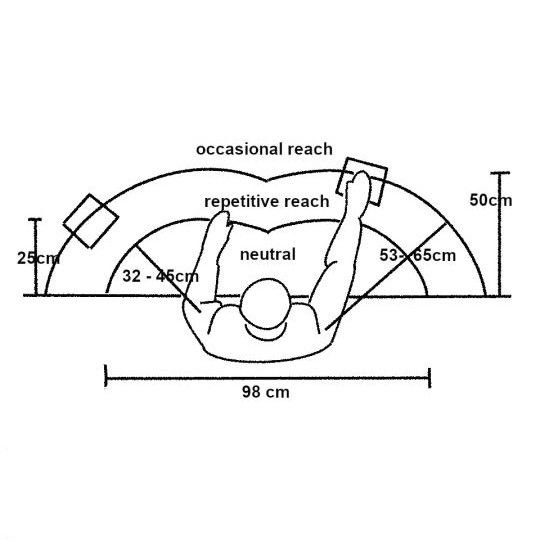
REPETITIVE REACHING AND HAND ACTIVITY
The diagram shows the low risk range for reaching work and activities. It presumes an even upright stance or sitting without bending forward.
Return to Work Schedule
Returning to work from an upper limb injury or repetitive use injury requires an incremental return to work program. Only commence return to work program when symptoms and functional assessments have returned to at least 75%.
Here are the guiding principles for a return to work program:
1. Return to work for two hours per day for one week. If possible to an activity that was not implicated in the injury.
2. If after one week, there is no worsening of symptoms then return to usual activity for 2 hours per day.
3. After one week, if no worsening of symptoms, increase working activities to 4 hours per day.
4. After one week, if no worsening of symptoms, increase working activities to 6 hours per day.
5. After a further week, if no worsening of symptoms, return to full time activities.
6. At any weekly review that symptoms have increased, reduce to previous weeks activity level for an additional week.
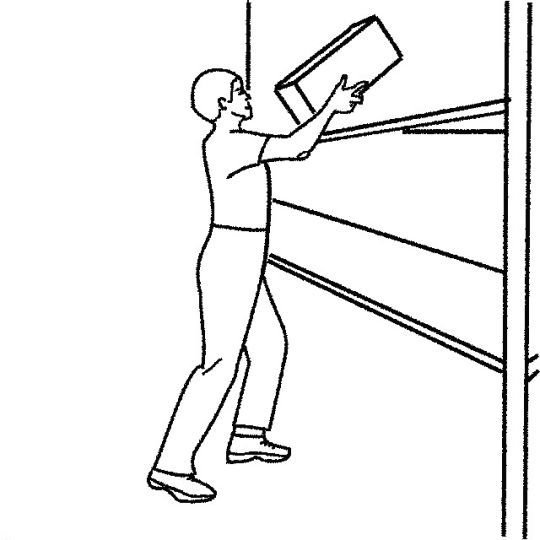
LIFTING OVERHEAD Medium Size & Weight Objects
Only attempt to lift objects above shoulder height that are easy to lift to waist height.
To lift overhead, begin in a slight lunge position.
As you prepare to lift, provide a small bend to the knees and then thrust up and forward on feet as lifting the object.
Likewise when bring an object down from above shoulder height, take the weight of the object through slightly bent knees in a lung position.
Return to Work Schedule
Return to work to activities which pain is less than 4/10 on the pain scale and avoid lifting above head.
Return to above head lifting when clinical testing demonstrates that you can lift the work weight above head 10 times without provoking pain more than 4/10 on the pain scale.
On return to lifting above shoulder height at work, if pain of 5/10 or more is provoked, report to the supervisor and cease the activity for that shift. Only return to lifting above shoulder height the next shift if your pain is no more than 4/10 and there is no restricted movement. If shoulder function is markedly reduced then review shoulder assessment again and follow the guidelines accordingly.
Following these guidelines will minimise your risk of re-injury and optimise your return to work recovery.


